Materials We Use: Superior Imported Filament
We understand the importance of using the right material to print drone parts. We rely on premium imported filament such as:
- TPU (Thermoplastic Polyurethane 99 perc orders): Ideal for vibration absorption and flexibility, ensuring cameras stay secure even in extreme flight conditions.
- PETG: Provides excellent impact resistance, UV stability, and durability, making it a top choice for outdoor use.
- Nylon: Best suited for high-strength applications, ensuring the mount stays intact during crashes or high-speed impacts.
How We Print the Perfect Cam Plate Using Klipper-Based Printers
With Klipper firmware and advanced slicing techniques, our printers achieve:
- Layer precision down to 0.16mm for smoother prints with minimal post-processing.
- Fast print speeds without compromising on dimensional accuracy.
- Adaptive cooling profiles to prevent warping and ensure consistent performance.
- Seamless printing of complex geometries, thanks to Klipper’s multi-microcontroller support.
3D Printing Service (TPU) Specifications and Features:
TPU (Thermoplastic polyurethane) is a soft flexible material, Common uses for a material like TPU include, medical supplies, seals, automotive components, and household appliances, this is down to the material having a very flexible and elastic-like use. TPU has a melting point of 225 degrees to 235 degrees however 230 degrees is normally a stable temperature to print with. Another great advantage of this material is that it does not produce nasty emissions. Below are some key points when printing with TPU.
- Extremely flexible
- Lightweight
- Durable
- Non-soluble
- Heated bed required
Read More About Lipo Batteries by clicking the link below:
https://oscarliang.com/fpv-drone-guide/
Checkout our Frames Collection by clicking the link below:
https://thefpvproject.com/product-category/frames/
1S = 1 cell = 3.7V
2S = 2 cells = 7.4V
3S = 3 cells = 11.1V
4S = 4 cells = 14.8V
5S = 5 cells = 18.5V
6S = 6 cells = 22.2V
For example, we call a 14.8V battery a “4-cell” or “4S” battery.
LiPo battery is designed to operate within a safe voltage range, from 3V to 4.2V. Discharging below 3V could cause irreversible performance loss and even damage to the battery. Overcharging above 4.2V could be dangerous and eventually cause a fire.
However, it’s advisable to stop discharging when it reaches 3.5V for battery health reasons. For example for a 3S Lipo, the max voltage is 12.6V, and you should land when the voltage reaches 10.5V (at 3.5V per cell).

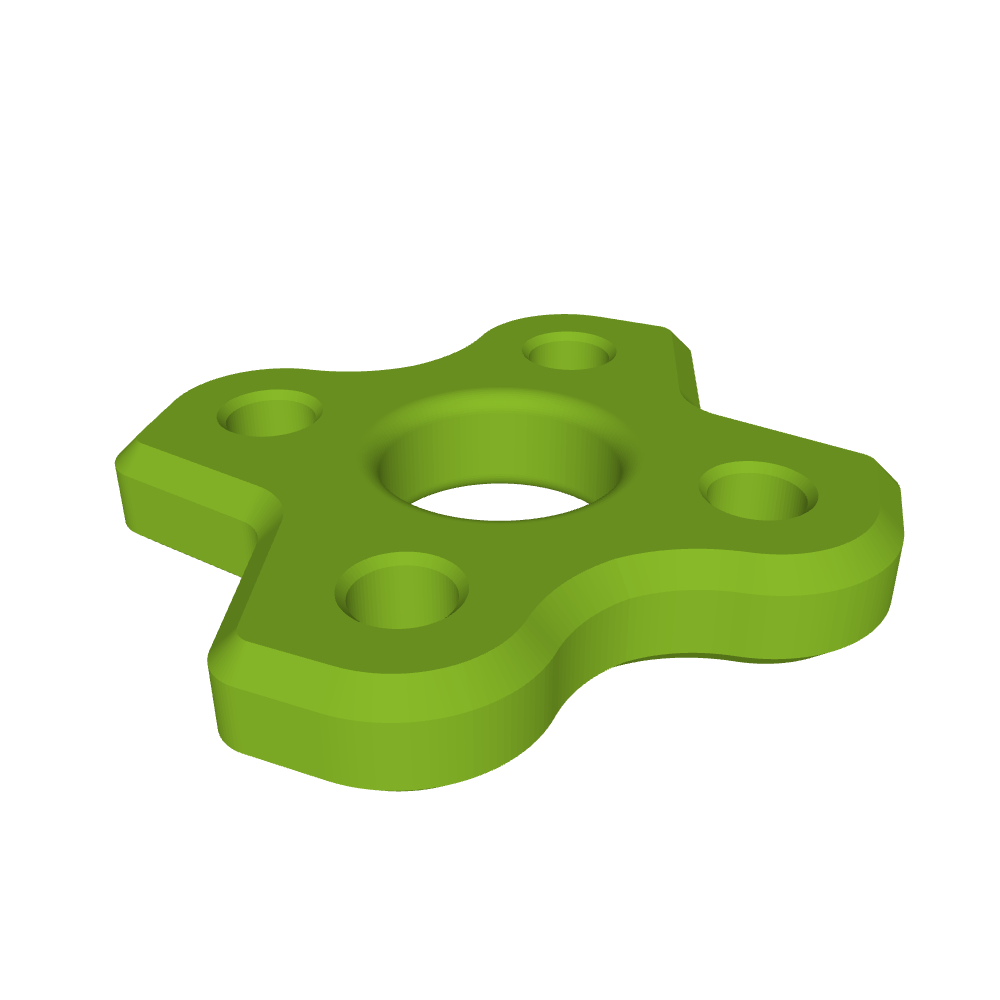
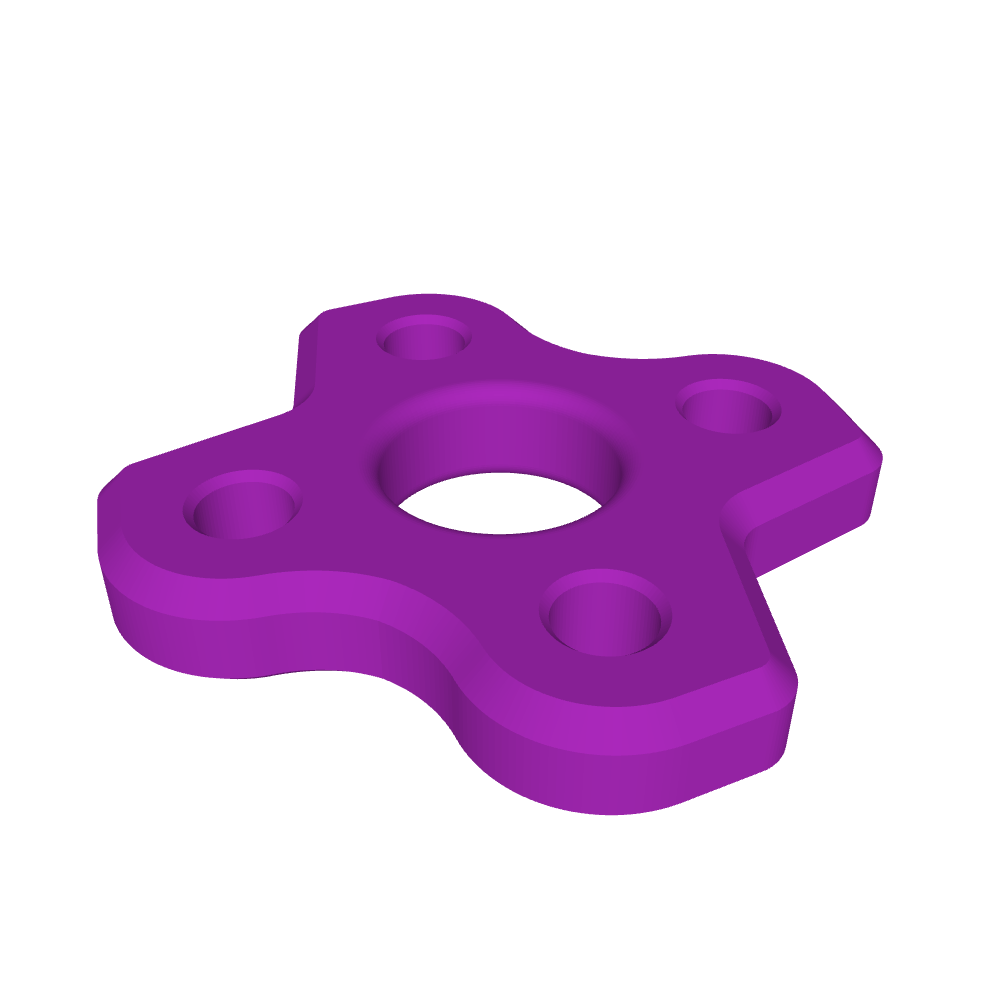
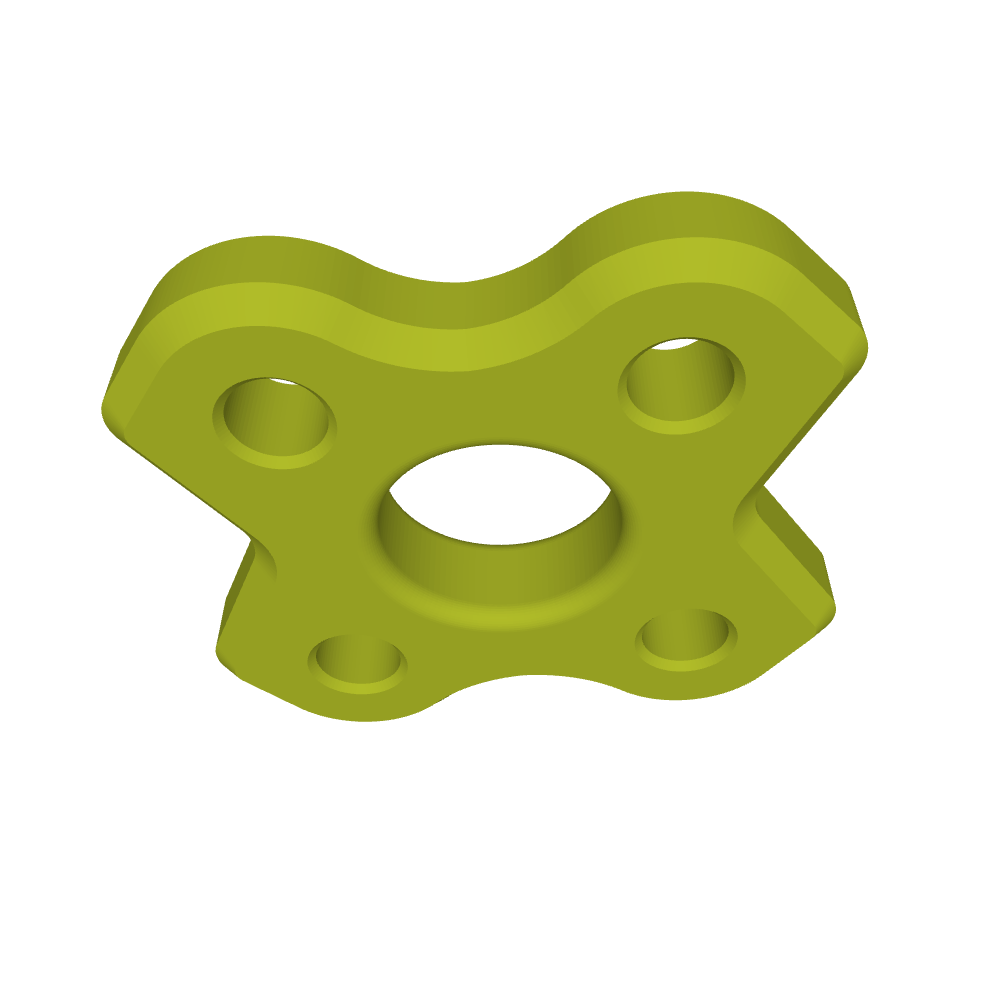
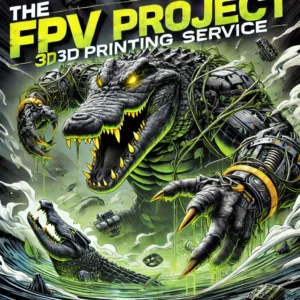

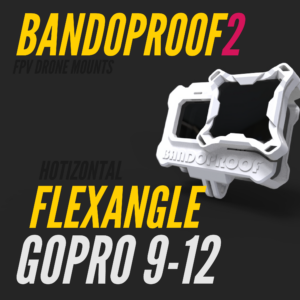
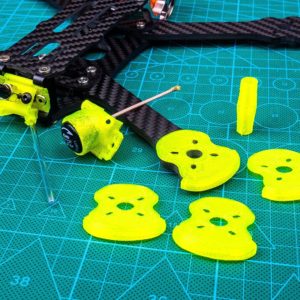
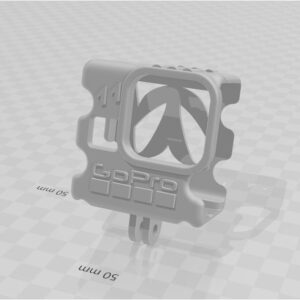
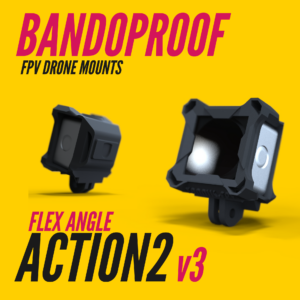
Reviews
There are no reviews yet.